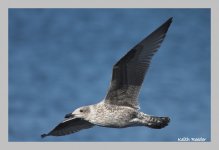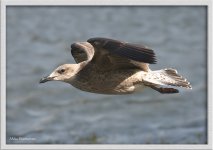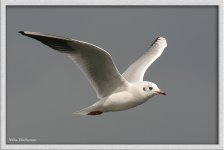mjmw
formally known as mw_aurora
Thanks! The streak on the Tern's bill wasn't me - I can only assume it is a specular highlight but not sure what from. Looking at this image, I really should process it again and get more detail out of the head!
Just trying to think which Eider you mean - there is one with red water and one with blue and red...no special technique, just low sun and colour reflected from boats.
Just trying to think which Eider you mean - there is one with red water and one with blue and red...no special technique, just low sun and colour reflected from boats.






